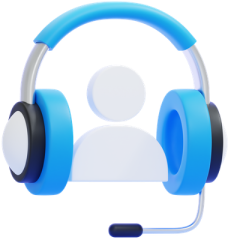3 Sep 2024
Updated on January 31st, 2025
Building a Next Level Engaging Yoga App Like Down Dog
Matthew Connor
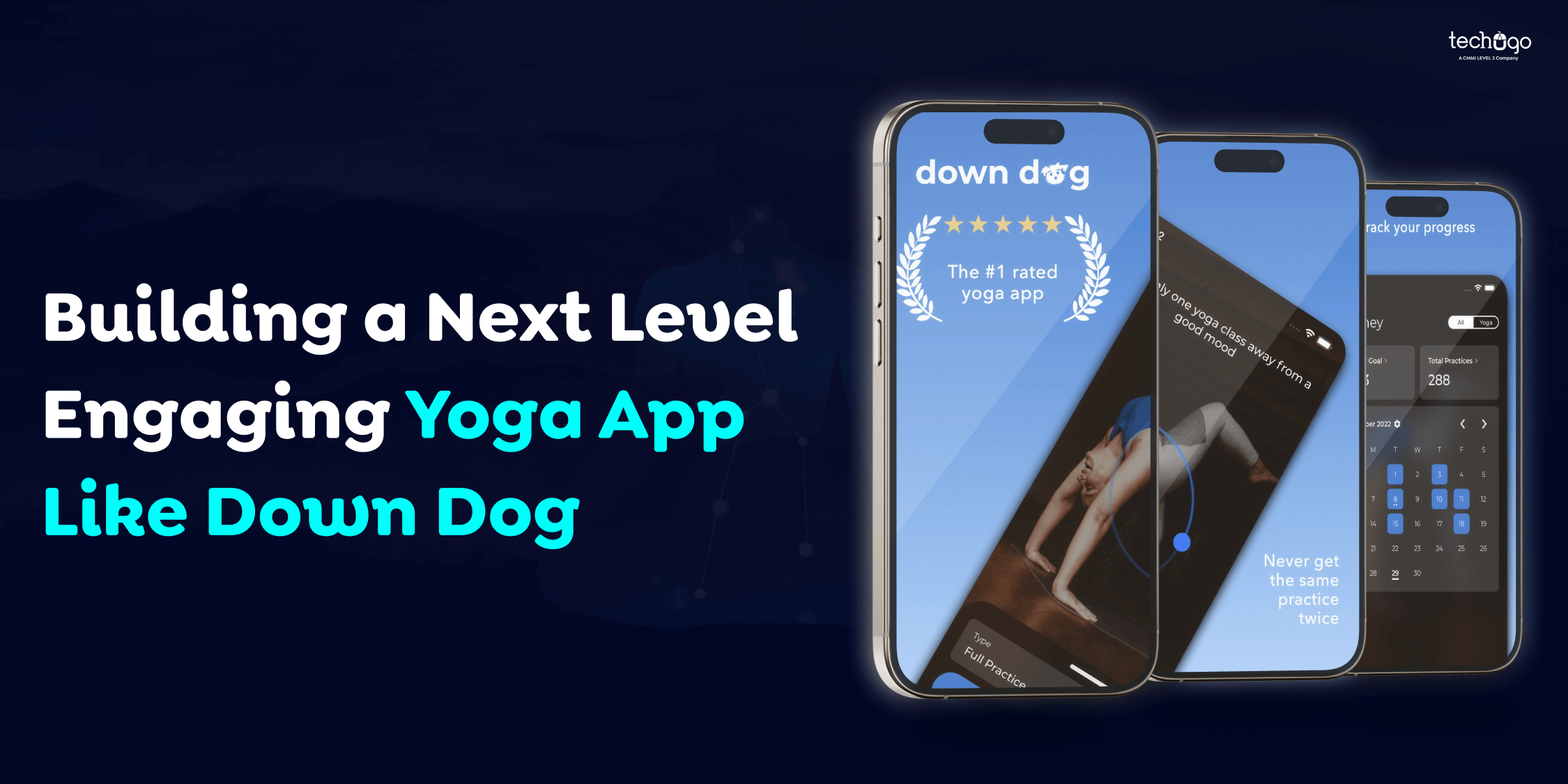
Down Dog has changed the way people practice yoga, and it has done so with personalized workouts, voice guidance, and beautiful visuals. Its huge success has encouraged many up-and-coming developers to develop their yoga apps. But where do you even start building such an app to rival such a huge and popular platform?
From understanding the key features of Down Dog to some of the technical considerations one needs to look into while building and launching their application, this blog covers it all in making a yoga app like Down Dog. Further, we will be covering some of the major app marketing strategies and monetization options to make your app stand out in the crowded marketplace.
You will have an appropriate idea of what it takes to develop a successful yoga app, and thus you will be quite prepared to start your journey of developing the application by the end of this guide.
Decoding and Understanding the Success of Down Dog
Down Dog has undeniably set the bar high in the world of yoga apps. But what makes it so special? Let’s break down the key elements that contribute to its success:
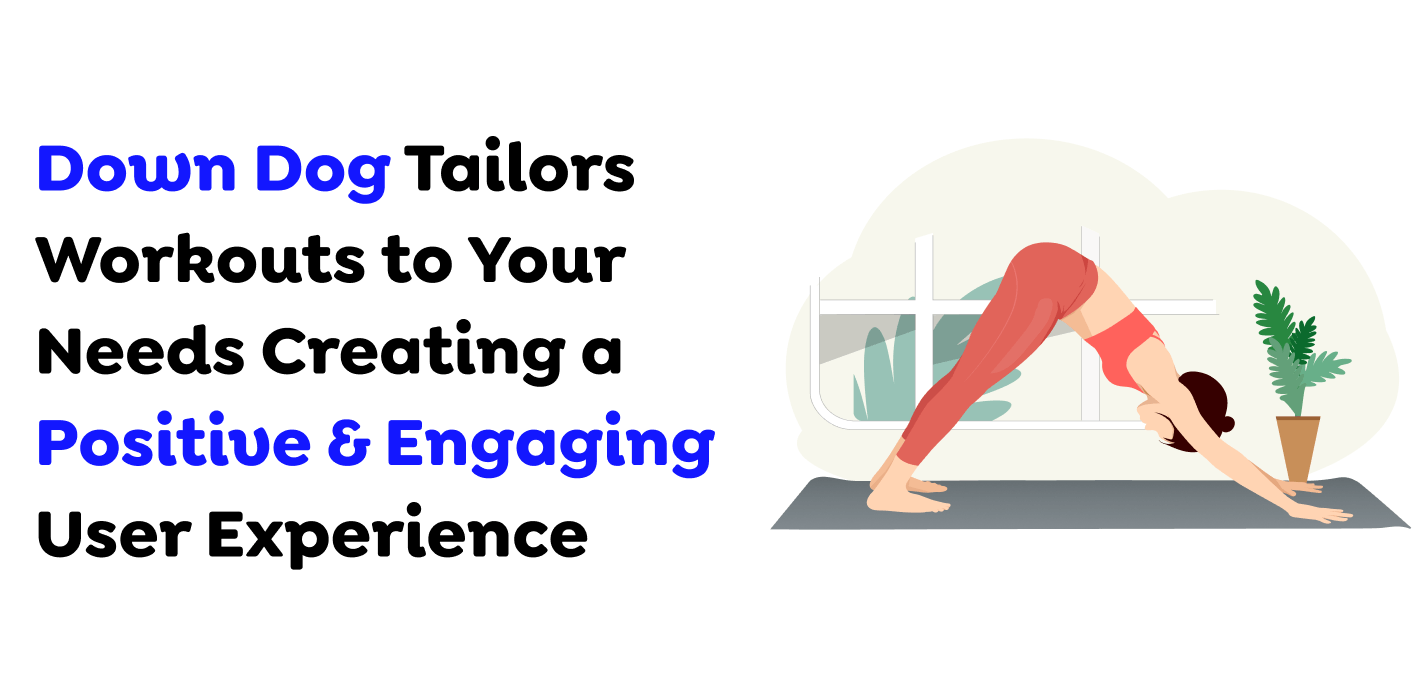
1. Personalized Perfection
The key differentiator with Down Dog is the way it makes each workout session tailored to the user’s needs. Whether you are a complete novice or an advanced yogi, it can design personalized routines according to your fitness level, goals, and preferred styles. Not only does this keep things interesting, but it serves to keep users challenged and motivated.
2. A Voice to Guide You
Voice guidance in the app is clear and concise. It’s just like having a personal yoga instructor right there with you, curing, correcting, and encouraging you. This feature is especially going to help a lot for complete beginners who might not be quite sure how to position or align themselves correctly in the various postures.
3. A User Interface That Flows
Down Dog’s UI is intuitive and easy to use; from the home screen to the selection of workouts, everything is intuitive and logically presented. It also uses a minimalistic design with effective usage of colors that create a calm and focused atmosphere.
4. An Engaging Experience
Apart from the technical features, Down Dog works to perfect the general feeling and tone of the experience. The beautiful visual canvas, soothing music, and the atmosphere in general help make the practice of yoga relaxing and uncomplicated. The tracking of your progress, setting goals, and possibly connecting with a community of other users enhance this experience.
Core Features for Your Yoga App: Building a Personalized Practice
To make sure your yoga app is in demand, liked by users, and distinguished from the competition, it should embody at least a few of the features described below. Here are some of the most important ones:
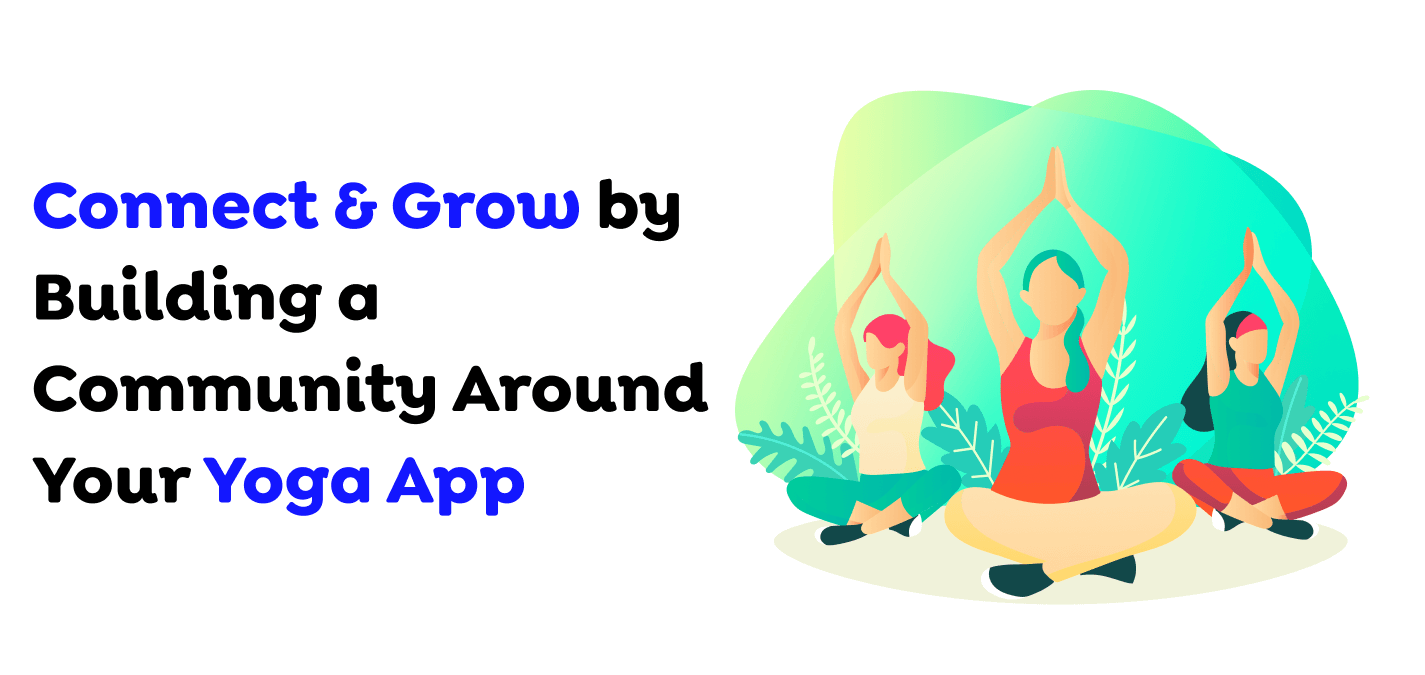
Personalized Workouts
- Allow users to create detailed profiles that include their fitness level, goals, and preferred yoga styles.
- Develop an algorithm that can analyze user data and generate customized workout plans. Consider factors such as experience level, injuries, and time constraints.
- Offer workout variants like beginner/intermediate/advanced and yoga style variants like Hatha, Vinyasa, or Yin.
Voice Guidance
- Ensure that voice guidance is clear, concise, and easy to follow.
- Allow users to adjust the volume and speed of the voice guidance.
- Offer multiple language options to cater to a global audience.
Timer and Progress Tracking
- Allow users to set timers for individual poses or entire workouts.
- Establish a tracking system showing how the user’s performance has evolved, with workout statistics, time engaged, and which poses they have mastered.
- Let users set goals for themselves, such as how many workouts they will be doing within a week or which pose they will master.
Community Features
- Users can connect with others interested in yoga, share achievements, and offer support.
- Users can establish a variety of challenges and competitions that will keep them involved and motivated.
- Enable users to share their favorite workouts with the community.
Technical Foundations: Building the Backbone of Your Yoga App
When creating a yoga app, it’s crucial to lay a solid technical foundation. Here are some key considerations:
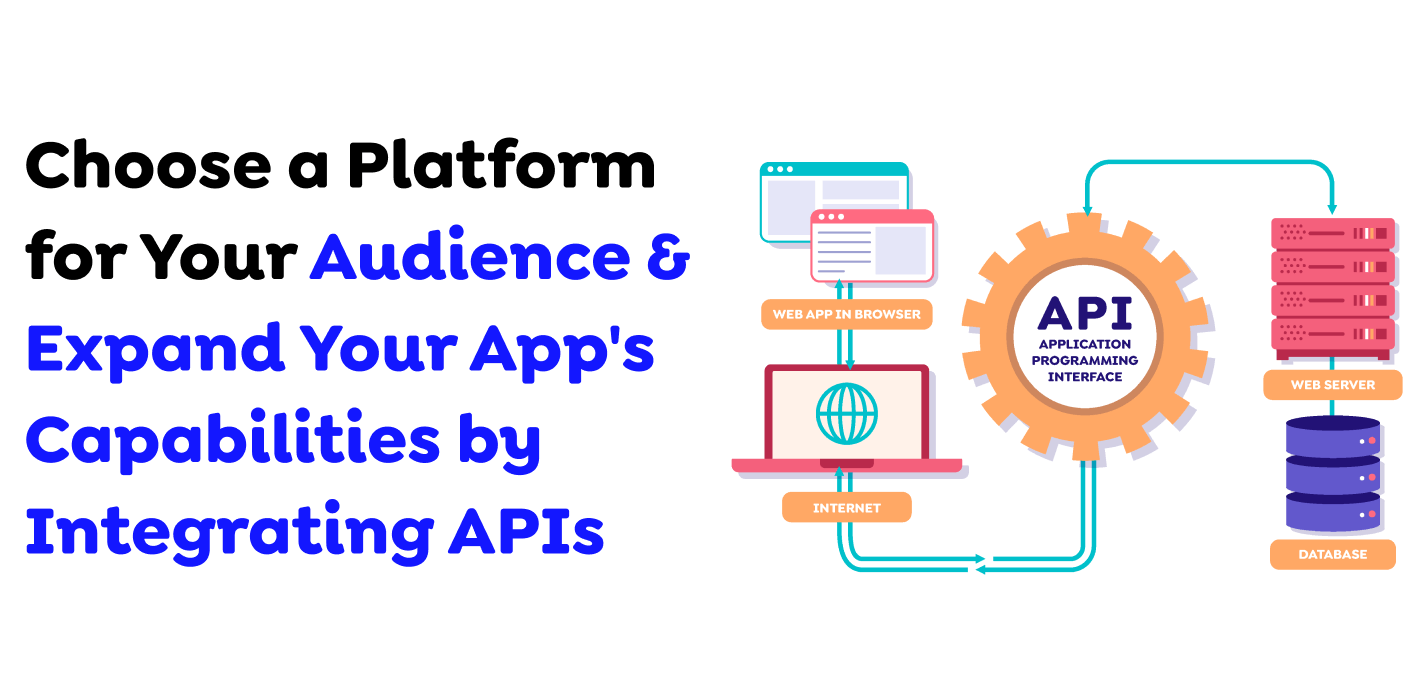
Choosing the Right Platform
Decide whether to develop for iOS, Android, or both platforms.
- iOS offers a more controlled ecosystem and often higher revenue per user.
- Android has a larger market share but can be more fragmented.
- For cross-platform development consider frameworks like React Native or Flutter for building apps that can run on both platforms.
Backend Development
- The back-end server is home to user data, app logic, and API requests.
- Database to store users’ data using MySQL, PostgreSQL, or MongoDB.
- Scalability and reliability can be achieved using cloud-based platforms such as AWS, Google Cloud Platform, or Azure.
Frontend Development
- The development technologies will be based on the selection of technologies to utilize during the development of the application User Interface using HTML, CSS, and JavaScript.
- You could consider developing using React, Angular, or Vue. one of these frameworks to make your development easier and more efficient.
- Develop an intuitive and catchy UI/UX design that will interact easily.
API Integration
- Explore APIs offered by third-party services for features like music streaming, weather data, or social media integration.
- Implement secure authentication mechanisms to protect user data.
- Use API management tools to manage and monitor API traffic.
Crafting a Seamless Design and User Experience
A properly designed UI is a must for the success of any yoga application. The good UI acts as an eye-catcher and makes it highly intuitive to use so that users can find their way around with no fuss.
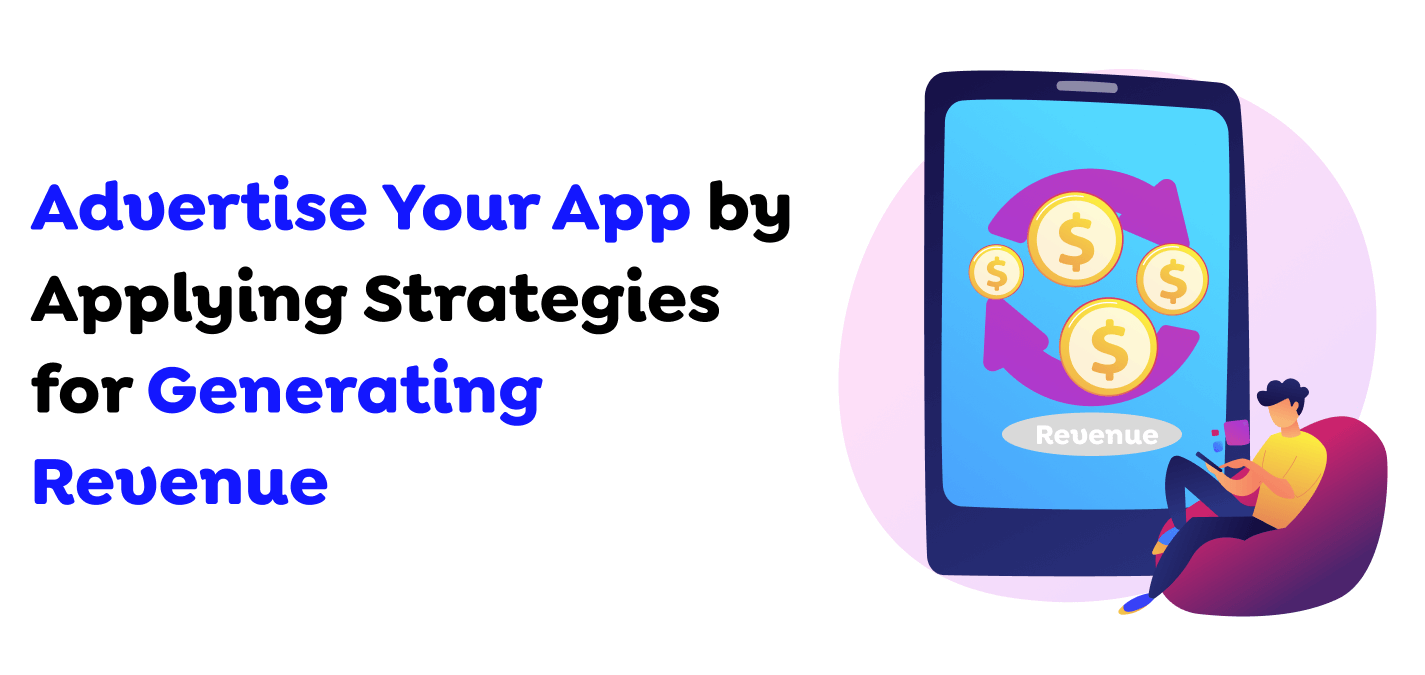
User Interface Design
- Allow the interface to remain as clear of clutter as possible, so the user is not overwhelmed.
- Employ consistent design elements throughout to create a cohesive experience within the app.
- Provide different types of visual cues in your app to successfully guide users or to draw their attention to something important.
- Choose colors that will evoke emotions within you that are calming, soothing, and focusing.
- Choose fonts that are easily readable and cohesive with the overall design of whatever you are making.
User Testing
- User testing will help to discover usability problems and determine whether the app works for your target audience or not.
- Think about methodologies like usability testing, A/B testing, and surveys, where there is feedback directly from the users.
- Enhance the design and functionality of the app using insights from user testing.
Monetizing Your Yoga App: Generating Revenue
Now that you have gone ahead to create a successful yoga application, you need to go ahead and monetize it. Below are some common ways to monetize a yoga application.
In-App Purchases
- Offer features that enrich the user experience, such as ad-free workouts, personalized coaching, or exclusive content.
- Give users more content to purchase, including meditation tracks, yoga poses, and instructional videos.
- Sell consumables, virtual coins, or power-ups that the user can utilize to unlock features or progress more rapidly.
Subscription Model
- A subscription model allows the developer to enjoy recurring revenue streams.
- Offer different subscription tiers: The various tiers shall have different levels of features and benefits.
- Give them a free trial period to entice users into subscribing.
Advertising
- Place banner ads along the top or bottom of the app’s screen. Display full-screen ads between screens or after completing workout exercises.
- Partner with brands for sponsored content in the form of workouts, challenges, or other kinds of sponsored content.
For most practical purposes, the money can come from combining a number of the above strategies. When choosing a monetization strategy, one should consider the target audience and the value being created versus the competitive landscape.
Promoting Your Yoga App: Reaching Your Target Audience
Once your app is ready to launch, start promoting it and attracting users. Here are some effective marketing and promotion strategies:
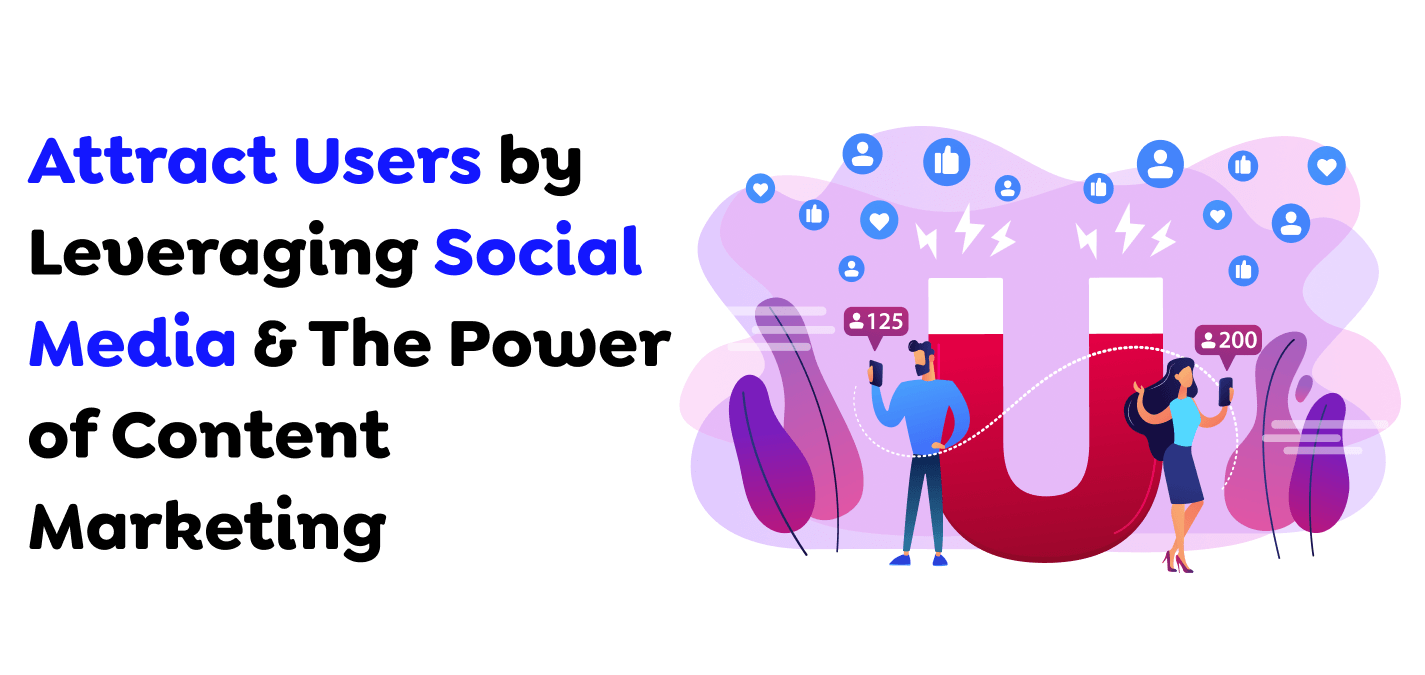
App Store Optimization (ASO)
- Find relevant keywords, including them in your app title, description, and keywords.
- Design an appealing icon and screenshots that showcase the best features of your application.
- Encourage users to give positive reviews and ratings; the more positive feedback, the higher an app will appear.
Social Media Marketing
- Choose social media platforms that best suit your target audience. Examples include Instagram, Facebook, and TikTok.
- Share interesting content with your audience about yoga, fitness, and wellness. For instance, workout tips, motivational quotes, and other engaging content.
- Interact with your audience by responding to comments and engaging in online communities.
Content Marketing
- Create informative and engaging blog posts on topics related to yoga, fitness, and wellness.
- Create videos that demonstrate your app’s features, provide tutorials, or share inspirational stories.
- Offer free tutorials or resources to attract potential users and showcase your expertise.
Grab the Opportunities With the Right Partnership
While developing a yoga application, moving hand in hand with a reputed mobile app development company in Canada can reduce half the workload and guarantee quality. A few factors to consider while choosing a development company:
Key Factors to Consider
- Look for their portfolio showing the company’s recent success while developing mobile applications and, especially, apps developed for fitness/wellness. Such experience will help gather valuable insight into particular problems associated with this field.
- Ensure the company has experience in using the exact technologies and frameworks on your project. For example, there are iOS, Android, and React Native amongst many. The deeper the understanding of these tools, the better the company can build a solid and effective application.
- Communication is the key to a successful partnership. Look out for a company that’s responsive, transparent, and very easy to work with. Open and honest communication means no misunderstandings, allowing the project to be on schedule.
- Study their portfolio to research prior work they have performed, so you can get a sense of what they’re capable of. Find apps similar to your vision and how they can deliver high-quality results.
- Ask for references from previous clients. They can give at first hand the experience they had with the company. This is one of the surest means of getting useful information about the degree of professionalism, reliability, and meeting deadlines.
The Development Process
- The development process begins with the discovery and planning phase, where the development company tries to understand what your app is for, what your target audience is, and what features it will have. During this phase, the app development company collaborates closely with you to take this process to the actual scope and detailed project planning.
- The design team will create wireframes, mockups, and prototypes to visualize an app’s interface and user experience. It needs an intuitive and nice-looking app that keeps the user base growing and attached.
- The development team will build the features and functionality of the app. This includes coding, API integrations, and the testing of the application across devices and platforms.
- Heavy testing will be carried out to find bugs or any issues and fix them. Quality assurance testing is necessary and an integral part of any app to ensure that it functions in the intended manner to make the user experience seamless.
- Once the app is ready, it will be deployed to the app stores. This process involves submitting the app to the app store review process and addressing any feedback or requirements.
- The development company will provide ongoing maintenance and support to ensure the app’s performance and security. This includes addressing any bugs or issues that may arise after launch and implementing updates or new features as needed.
Cost Considerations
- The magnitude and complexity of your project greatly affect the cost. Larger projects with more features or customization usually involve a greater amount of development time and resources.
- Most definitely, developing for both iOS and Android will be more expensive compared to a single platform due to the difference in tooling for development, frameworks, and testing needed for each platform.
- These include a number and complexity that is also another cost determinant. More often than not, features that need to be custom-developed or integrated with third-party services tend to be more costly than standard features.
- Many companies bill hourly, whereas others utilize fixed-price contracts. Which is better, as usual, will be determined by the scope of your project and your risk tolerance.
- These include a number and complexity that is also another cost determinant. More often than not, features that need to be custom-developed or integrated with third-party services tend to be more costly than standard features.
Winding Up
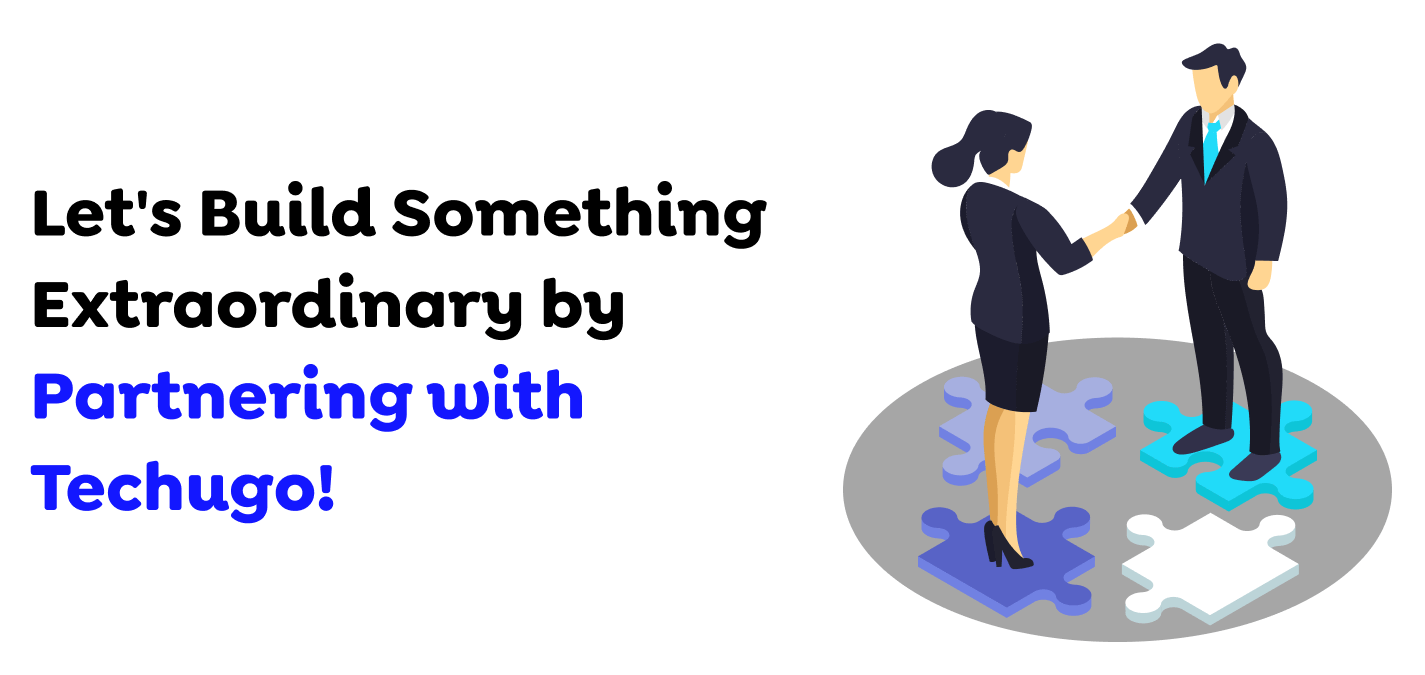
This blog has gone over the integral factors that have dominated the success of a yoga app, taking inspiration from the viral Down Dog app. The broad topics were necessary features, technical aspects, design principles, monetization strategies, and marketing approaches, all of which play a very significant role in making any app successful.
With a team of proactive developers and designers, we can provide a yoga app that is visually appealing and assures a seamless, engaging user experience. We specialize in building personalized workouts, incorporating voice guidance, and integrating essential features that set successful yoga apps apart.
By partnering with Techugo, you can benefit from our:
- Deep understanding of the yoga app market
- Expertise in cutting-edge technologies
- Commitment to delivering exceptional results
Contact Techugo today to discuss your project and learn how we can help you create a yoga app that stands out in a competitive market. Let’s build something extraordinary together!
Get In touch
We are excited to here from you and let’s start something special Together. Call Us for any inquiry.
Write us
sales@techugo.caJust a call away
About you
